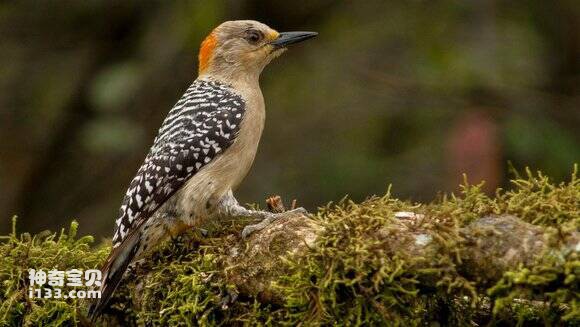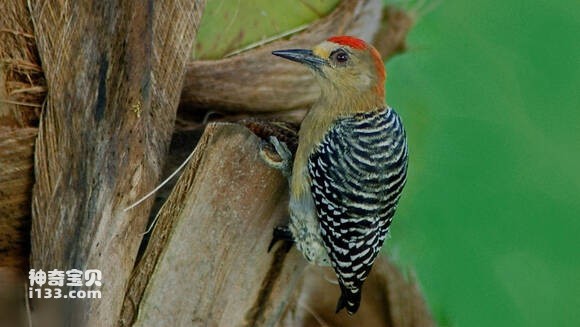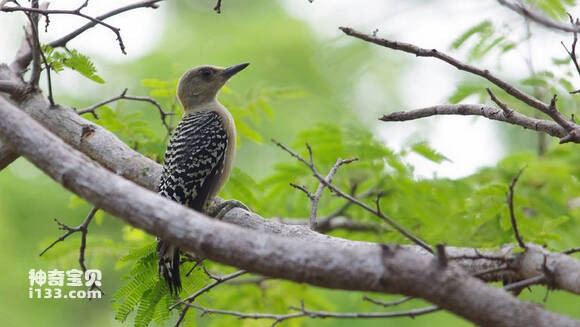Melanerpes rubricapillus
IUCN
LCBasic Information
Scientific classification
- name:Melanerpes rubricapillus
- Scientific Name:Melanerpes rubricapillus,Red-crowned Woodpecker
- Outline:Climbing birds
- Family:
Vital signs
- length:About 22 cm
- Weight:No textual research information is available
- lifetime:No textual research information is available
Feature
Distribution and Habitat
The red-crowned woodpecker is found in Colombia, Costa Rica, Guyana, Panama, Suriname, Trinidad and Tobago, and the Bolivarian Republic of Venezuela. North Carolina and Florida.
The red-crowned woodpecker inhabits low mountains below 1500 m above sea level, living mainly in pine forests, but also in forest margins and open forests.
Appearance
The 22-cm long red-crowned woodpecker has a tough, straight, wedge-shaped beak with a chisel-like tip and exposed nostrils. The ceratohyoid bone extends into a circular band on both sides from the throat around the occipital and above the rostral base. The tongue is long and telescopic, with short hooks at the tip; Feet slightly shorter, 4-toed; Primary flight feathers 9. The skull is sauropalatine, the hock bones are replaced by a few pairs of bone pieces, the maxillary palatine bones are small away from the sides, the posterior end of the sternum is 2 incised on each side, and the sternal stalk is forked. The leg muscle lacks perch muscle and accessory femorus coccygeus muscle; The tail is wedge-shaped, most of the tail feathers are 12, and the feathers are hard and elastic, supporting the body when pecking.
The black crown contrasts sharply with the white cheeks, and the back and wings are black with stained white spots. The underbody is usually stained white. Only the male red-c
Details
The Red-crowned Woodpecker Melanerpes rubricapillus, red-crowned Woodpecker, has four subspecies.
The red-crowned woodpecker is a very diligent little bird, moving up and down the trunk of the tree at times while working, frequently changing trees along the branches, showing a preference for larger trees. It uses its chisel-like beak to pry open pieces of bark and search for insects below, sometimes descending to the forest floor and, over short distances, watching for traces of bugs in the fragments of bark that fall on the woodland.

The life of the red-crowned woodpecker differs greatly from that of other North American woodpeckers, being unique in that they are social birds, living in groups of two to five. Each family group roosts together, usually in the hollow cavities of ancient pine trees, which are often more than 100 years old. The female birds lay two eggs each year from late April to early June in a tree hole, with all members of the family helping to feed the chicks.

Listed on the International Union for Conservation of Nature (IUCN) 2013 Red List of Threatened Species ver 3.1 - Low Risk (LC).
Protect wild animals and eliminate wild meat.
Maintaining ecological balance is everyone's responsibility!








